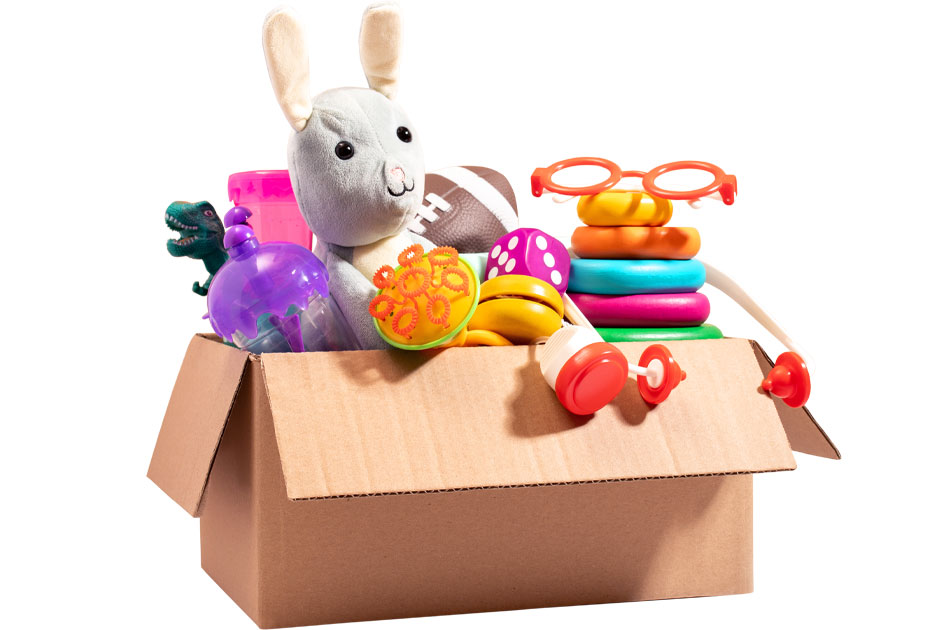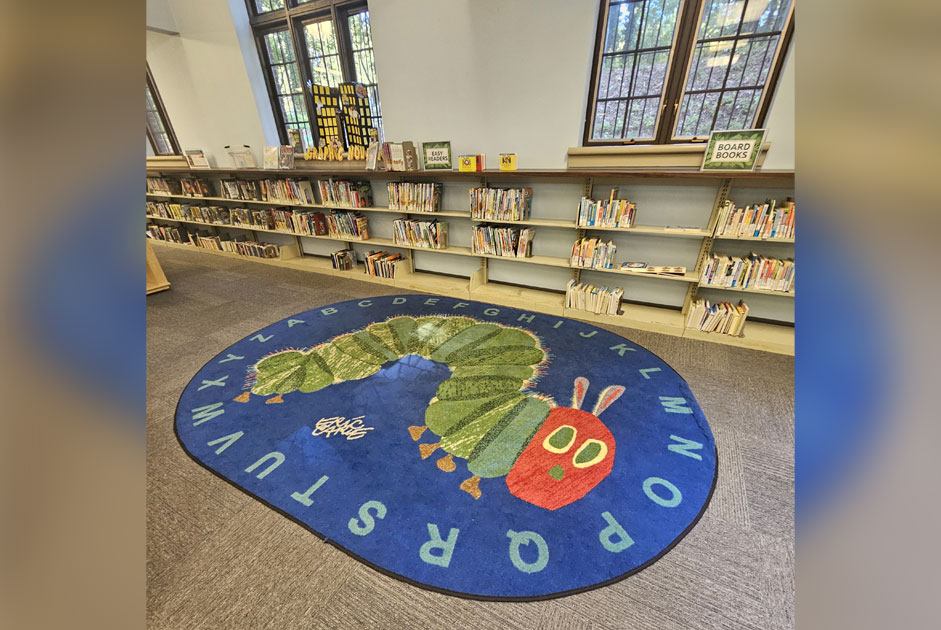Children model adult’s behaviors and actions. They are often watching how we react to different situations and how we interact with others. Children learn from adults and, as they grow, their own behaviors and actions can resemble the adults in their lives. It is important for adults, whether they are parents, guardians, grandparents, aunts, uncles, teachers or coaches, to make sure to showcase positive characteristics. For example, we should extend respect to others, display empathy and demonstrate kindness. By modeling these traits, we are letting children know they are valuable and necessary.
Some of the key characteristics children (and adults) should exhibit are:
- Respect
- Empathy
- Kindness
- Compassion
- Integrity
- Honesty
- Resilience
- Resourcefulness
- Curiosity
- Social Skills
- Assertiveness
- Humility
- Patience
- Grit and Determination
- Gratitude
- Self-Control
- Loyalty
- Adaptability
- Proactivity
- Mindfulness
This is not a full list, and many of these characteristics are similar in meaning. While children are born with a little understanding of these traits, it is up to the adults in their lives to help these traits grow. When it comes to teaching characteristics, the best way to do this is by modeling and practicing activities. These activities can be adapted for any age group, young or old.
- Defining and Mimicking Games – First, it is key that your child understands what each of these characteristics means and looks like in action. For example, what actions show integrity or what expressions show compassion? What does it mean to be resourceful? Practice with them on actually fulfilling these traits. You can also mimic life situations when a certain characteristic is needed and work with them until your child is comfortable.
- Characteristics Charades – After defining and mimicking the characteristics, continue to practice and act them out. On pieces of paper, write down different characteristics and/or emotions. Then, take turns picking one out of a hat or bowl. Act out that characteristic or emotion, while the audience tries to guess the correct answer. The purpose of this game is for children to learn, recognize and practice with the traits. Kids are developing the social skills to recognize emotions through another person’s facial and body cues and the best way to react. You can also switch this activity to a Pictionary-version, where children draw characteristics of the chosen trait or emotion.
- Step Into Conversation – Part of knowing how to correctly showcase a characteristic is continuing to work on how to respond to a situation or to another person. Step Into Conversation is a well-known card game that gives children structured social skills activities. They learn how to talk appropriately, carry on a conversation and teach other necessary skills.
- Complete Acts of Kindness – There are several different ways you can teach your child how to show kindness. Starting at home, you can model for them how to help someone and then encourage them to do so. As a family, create a volunteer project, whether it be donating items to a local charity or volunteering your time together. These actions will show children that it is important to show kindness and compassion to others at home and in the community.
- Share Stories – Adults can use their own childhoods and experiences as examples to help their children learn and develop these characteristics. These stories could include times when you made a mistake, hurt someone’s feelings by accident and how you responded to those situations. Through this activity, your child will learn that sometimes these actions happen and you develop stronger traits because of them. They are also great conversation starters and relationships builders for adults and children.
No matter if you are a child or adult, it can be valuable to revisit and relearn necessary characteristics from time to time. Children are still learning and observing. Our goal is for them to become successful as they grow up, and by helping them practice these characteristics, adults are doing just that.



















